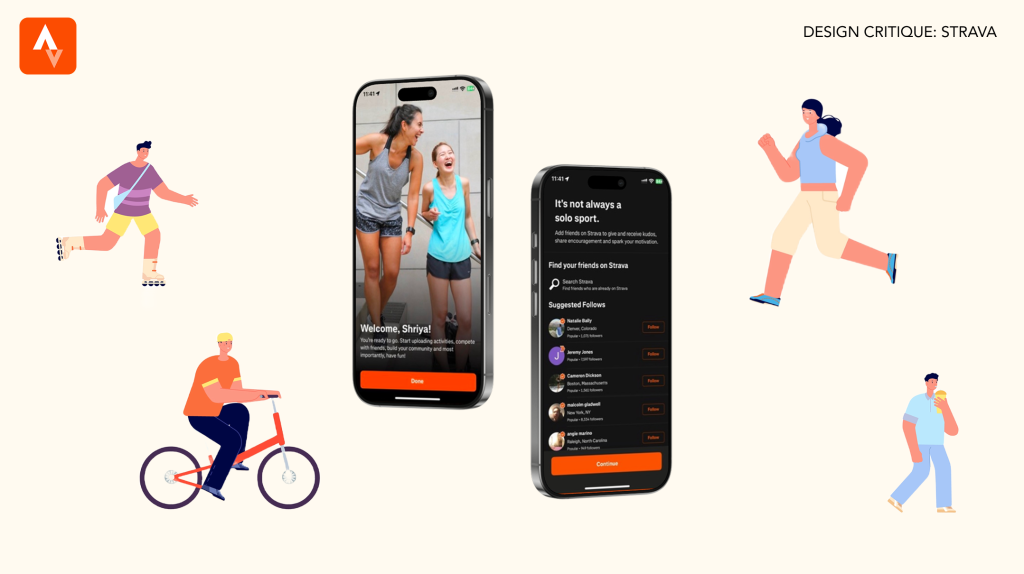Design Critique: Libby (iOS App)
Libby is a free app where you can enjoy ebooks, digital audiobooks, and magazines from your public library. While being immensely popular, there are several design changes that can greatly improve usability.
Design Critique: Libby (iOS App) Read More »







